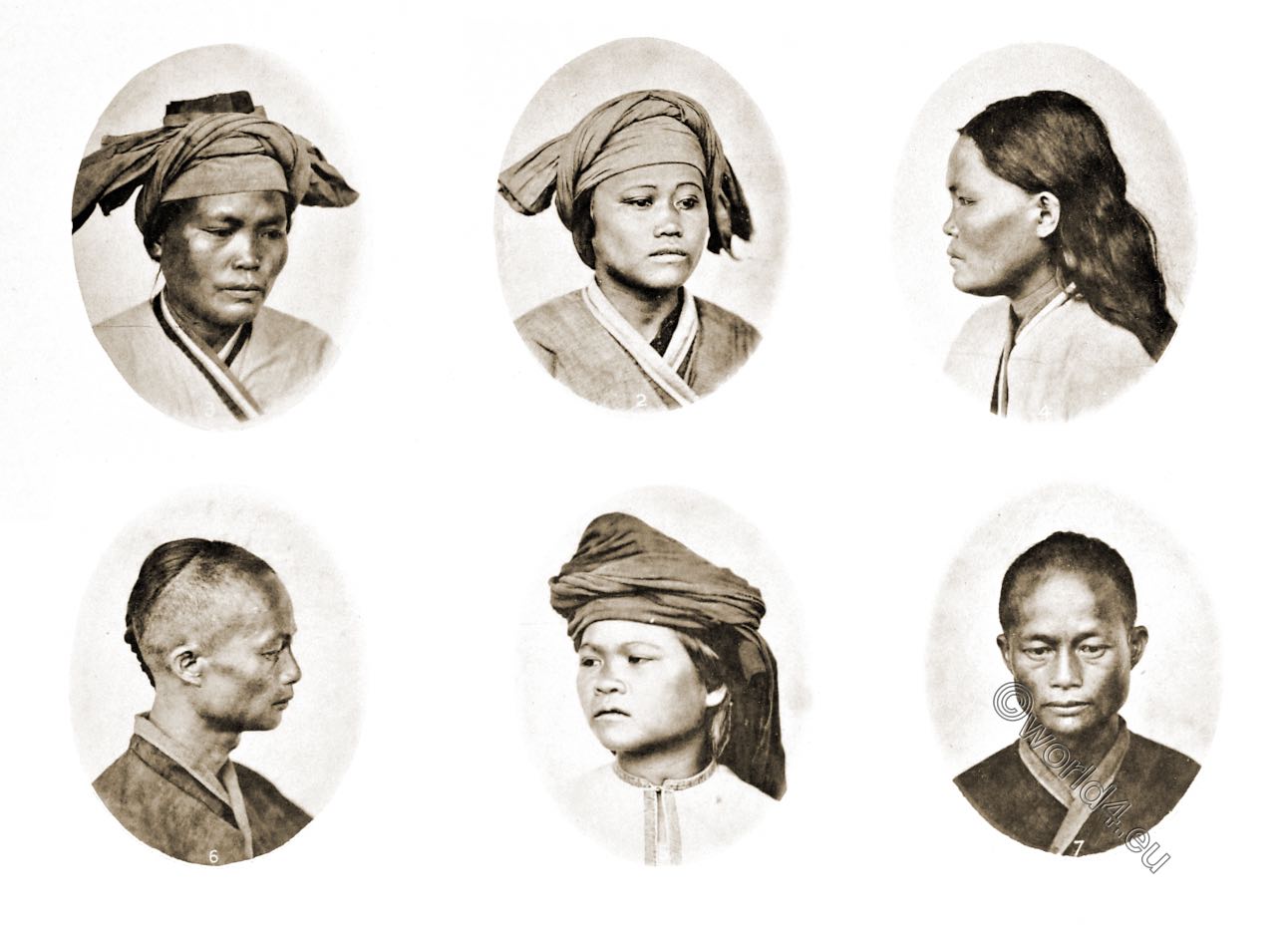
The Bhutia people
The Bhutia are a community of people of Tibetan descent who speak Lhopo or Sikkimais, also known as “Bhutia”, a Tibetan dialect that is relatively well understood by speakers of standard Tibetan. Sometimes the name “Bhutia” is associated with the larger group to which the people belong, the Bhotiyas. They settled in India (in Sikkim, West Bengal and other regions), Bhutan and Nepal around the 15th century.
Today they are mainly concentrated in East District of Sikkim. They are locally known as Drukpa. Drukpa or people from Druk (thunderdragon), Chumbipa (inhabitants of the Chumbi Valley), Dhopthapa (inhabitants of Dhoptha). They are also distributed in the Lachen and the Lachung valleys in North District and known as Lachenpa and Lachungpa respectively. Bhutia people are also known as Bodh -meaning the Buddhist. In Sikkim they are mainly Buddhists. Their mother tongue is Bhotia which belongs to the Tibeto-Burman language family and is written in the Tibetan script. A majority of them are conversant with the Nepali language which comes under the Indo-Aryan family of languages and use the Devnagari script. The Bhutias inhabit hilly terrains at high altitudes. They practise transhumance and move to high altitudes to graze their sheep in summer and migrate to the lower altitudes during winter.
The traditional dress of the Bhutia people is Kho or Bakhu. Kho or bakhu is the traditional dress of the Bhutia people, ethnic Sikkimese from India, Bhutan and Nepal. The Kho is a loose tunic-like garment. It is fastened at the neck on one side and belted at the waist with a silk or cotton sash. The Kho is similar to the traditional chuba in Tibet and the ngalop gho in Bhutan, but without sleeves. Men wear long and wide-sleeved shirts with loose trousers under the tunic.
Women wear a long-sleeved silk blouse called honju inside the kho. It is a loose robe-like garment that is fastened at the waist and tied with a belt. Married women tie a colourful, striped apron of woollen cloth, called pandden or pandgen, around their waist. Women sometimes use pure gold jewellery.
Scarves can be thrown around the neck or wrapped around the waist as a belt. They are often ceremonially exchanged between friends on important occasions. The Kho is made of multicoloured hand-woven silk, lined with dark burgundy cotton and velvet. The silk brocade hat has four fur lapels that can be lowered to protect against mountain winds. The traditional attire of both men and women is complemented by embroidered leather boots.
The people are often named after the geographical areas where they are prevalent. For example, in North Sikkim, where the people are in the majority, they are known as “Lachenpa” or “Lachungpa”, referring to the names of the Lachen and Lachung settlements, and in Bhutan the Bhutiyas are known as “Denzongpa” – after Denzong, the Tibetan name for Sikkim.
Within the Dominion of India, the Bhutia are recognised as a listed tribe in the states of Sikkim, West Bengal and Tripura.
On 26 August 2015, Mamata Banerjee, Chief Minister of West Bengal, announced the formation of a separate development council for the Bhutia community during his visit to Darjeeling.
Source:
- Views of Darjeeling: With typical native portraits and groups by J. Burlington Smith.
- ANTHROPOLOGICAL SURVEY OF INDIA CALCUTTA. Department of Culture.
- On the threshold of three closed lands: the Guild outpost in the eastern Himalayas by John Anderson Graham (1861-1942). Church of Scotland, Missions. Edinburgh: R. & R. Clark, 1897.

Discover more from World4 Costume Culture History
Subscribe to get the latest posts sent to your email.






